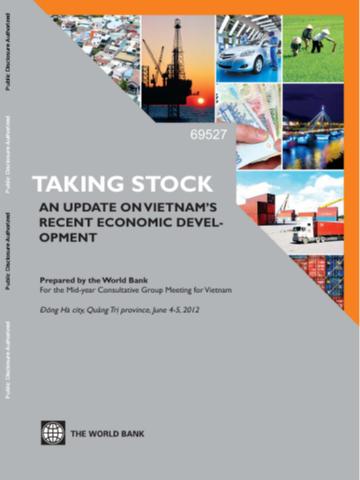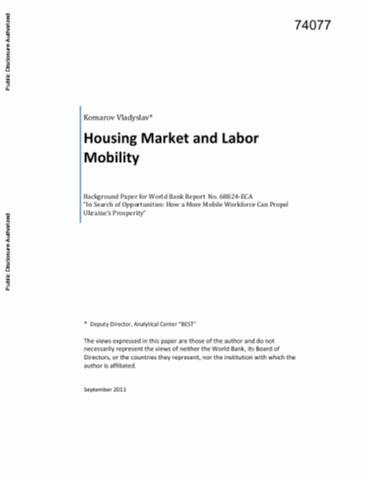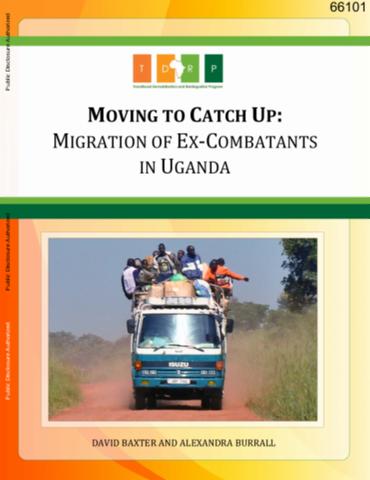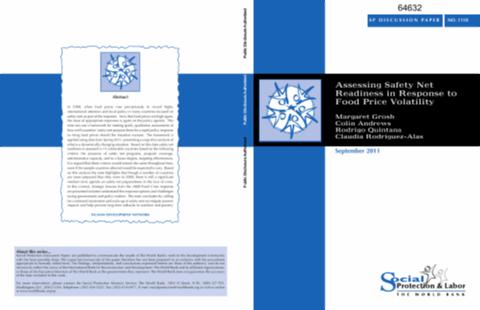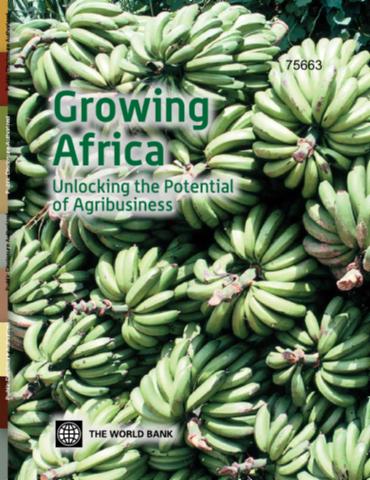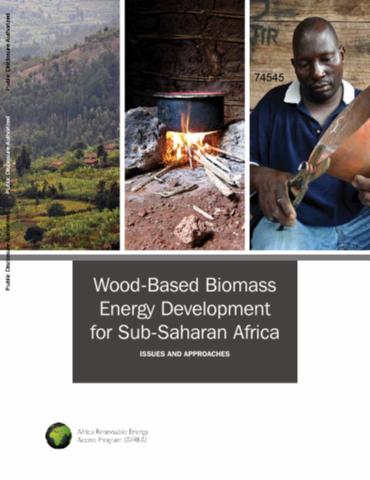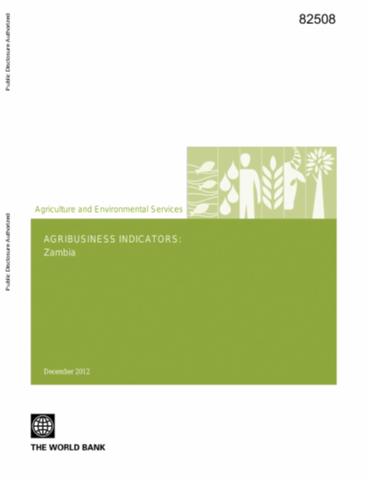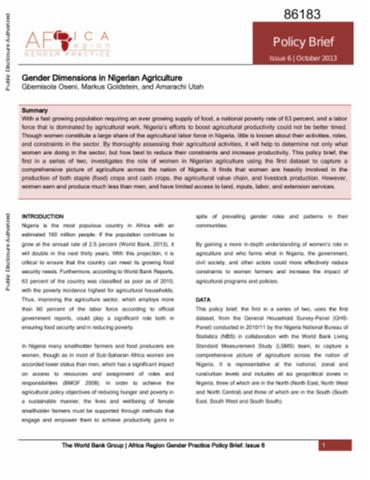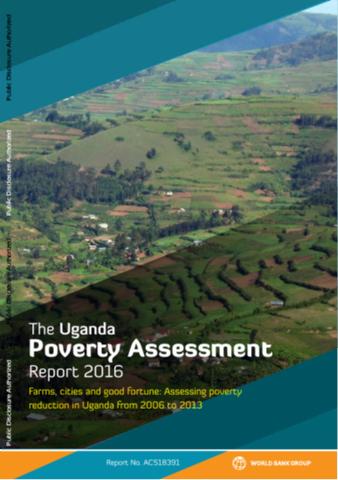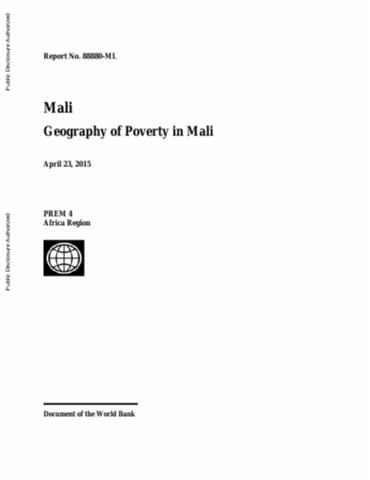Taking Stock, June 2012
The authorities' determined implementation of stabilization measures over the past year has helped to avert a macroeconomic crisis. If the deterioration of the macroeconomic environment in 2010-11 was rapid, the improvement in the situation in the past twelve months has been equally swift. Regaining macroeconomic stability has been costly, but not stabilizing the economy would have led to even bigger losses.

